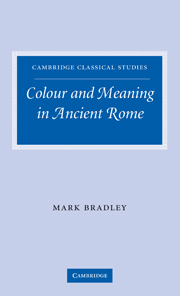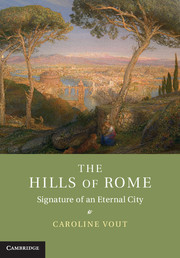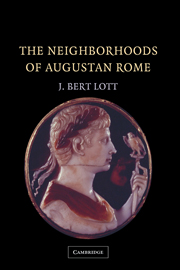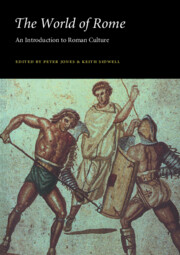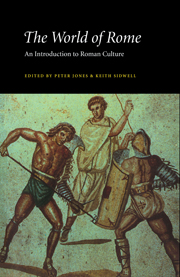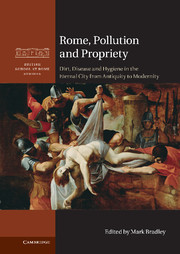Colour and Meaning in Ancient Rome
The study of colour has become familiar territory in anthropology, linguistics, art history and archaeology. Classicists, however, have traditionally subordinated the study of colour to form. By drawing together evidence from contemporary philosophers, elegists, epic writers, historians and satirists, Mark Bradley reinstates colour as an essential informative unit for the classification and evaluation of the Roman world. He also demonstrates that the questions of what colour was and how it functioned - as well as how it could be misused and misunderstood - were topics of intellectual debate in early imperial Rome. Suggesting strategies for interpreting Roman expressions of colour in Latin texts, Dr Bradley offers alternative approaches to understanding the relationship between perception and knowledge in Roman elite thought. In doing so, he highlights the fundamental role that colour performed in the realms of communication and information, and its intellectual contribution to contemporary discussions of society, politics and morality.
- Was the first book for over fifty years which deals specifically with the issue of colour and perception in ancient Rome
- Provides a wide-ranging overview of different approaches to the subject in Roman culture
- Includes a detailed example of the application of theories about perception to the practical reading of Latin texts
Product details
December 2009Hardback
9780521110426
282 pages
216 × 140 × 19 mm
0.51kg
Available
Table of Contents
- Introduction
- 1. The rainbow
- 2. Lucretius and the philosophy of color
- 3. Pliny the Elder and the unnatural history of color
- 4. Color and rhetoric
- 5. The natural body
- 6. The unnatural body
- 7. Purple
- Conclusion: colours triumphant
- Envoi: Aulus Gellius, Attic Nights 2.26.

